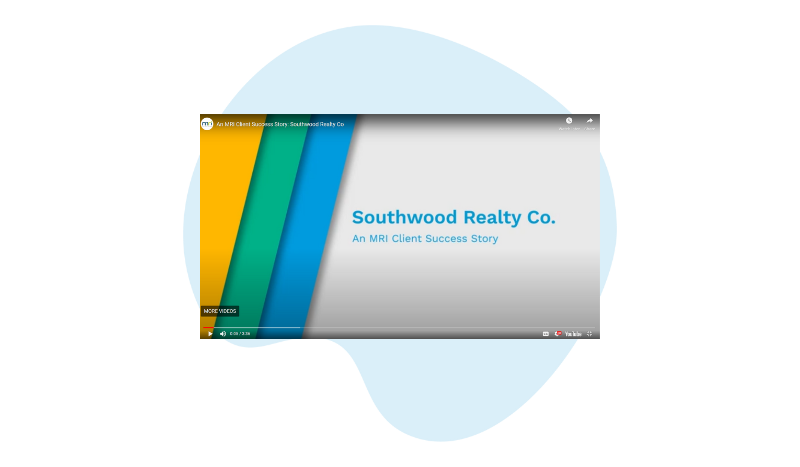Single stack software vs. open software – What’s the difference?
Picture this — your organization is evaluating a new enterprise software solution, and you’re deciding between two different providers. One offers a single stack software, while the other promises an open and connected solution. But what does that mean? And which do you choose?
Single-stack software – This refers to a platform that includes all features and functionality within one system, or stack. All aspects of the platform are developed, maintained, and managed by one provider.
Open and Connected – This refers to a software platform designed to integrate modules or systems from other providers into a single experience for users. The platform provider takes responsibility to manage the integrations with select third-party providers.
Comparing single stack software vs. open software
As a technical decision maker, the choice for me is clear: a flexible solution with an open and connected approach wins every time.
To explain why, let’s look at the strategy of a single stack software provider. Companies that develop all their own modules are trying to accommodate all business processes within one piece of enterprise software. This has many advantages – one contract, one location for support, B2B relationships that can be centralized, and access to the extensive development resources of a larger company. However, there are many weaknesses that potentially outweigh the benefits.
Years ago, during the inception of enterprise tools, single-stack software providers were the dominant players in the marketplace. Those days also consisted of very few key players in the software arena, and the large number of features was the secret to their success. However, users had to adapt to the system and deal with its limitations. Today, times have changed, and organizations no longer believe the myth that one provider can offer enough features to solve all their business needs. Further, companies want the system to adapt to their business needs not the other way round. More and more companies have embraced the concept of open and connected software solutions as the most effective way to move their business model forward.
The single stack scenario
Imagine you’re the CTO of your company. You’ve checked all the boxes during your RFP, you analyzed different vendors, you went through consultants and recommendations, you’ve just spent six months converting your previous system to this new single stack system, and you’re ready to go live. Now it’s time for the users at your company to get their hands on this shiny new software, but wait, you just realized your business won’t be able to grow within the confines of the single stack unless that software can advance at a faster rate than your growth. So, what do you do? Do you try to get out of the contract you just spent millions on? Do you call your account manager and complain only to find out those things won’t be fixed for years as development resources are working on other things?
For many companies, this exact situation is becoming more and more of a reality each day. Single stack looks great on paper since it checks all the boxes, but you quickly learn that it can’t be the top player for each module in your product.
The obligatory car metaphor
Consider this – you just spent $100,000 on a new Mercedes. You chose Brembo brakes, Bang & Olufsen speakers, Pirelli tires, all fitted seamlessly to meet your requirements. Your phone completes the picture connecting with ease to the entertainment system. Isn’t this single stack? No, it is however, a single experience, as you were able to choose exactly how it was configured.
You’ll most likely be taking that car to the dealership to have it serviced. Why? Because you know the dealership will have the specialty tools needed to work on that model; you know that they will have the experienced technicians that will be able to maintain your car to the high standards you should expect, and you know that you’ll get the service you deserve for your purchase. This is what open and connected gets you.
Within the open and connected model, you have the ability to choose the options that best meet the needs of your business from the broader marketplace. A company that makes an accounts payable module focuses 100% of their resources on that particular solution — that’s what they do best. With a single stack, maybe 10% of a company’s workforce focuses on the AP module one week, and then switches priorities over to GL the next.
Now, imagine again you’re the CTO of your company. You just went through a demo with an open and connected software provider. They showed you the core functionality and modules in which they specialize. They also showed you some of the companies they partner with and the APIs they make available for solutions with which they haven’t yet built integrations. Why is this important? Because providers with an open and connected approach know that they simply cannot be all things to all businesses. They work together with other companies who are the best in their industry to make the open and connected platform the most flexible, reliable, and technologically advanced in the marketplace. More importantly, they provide a solution that meets your requirements and can grow with your business.
You also noticed during that demo that the open and connected company enables you to integrate the AP Automation solution that you already use — the same solution that you would have to abandon if you selected a single stack provider. This means less implementation cost, and if you still had years left on that contract, you wouldn’t have to absorb additional costs, and there’s little to no learning curve for employees to learn a new module. Best of all, the two systems work together in an embedded ecosystem.
Open and connected gives you the freedom and flexibility to do business the way you want. Don’t let your software dictate your business processes, growth or potential. If you or your company are feeling limited by your software provider, explore an open and connected solution today.
An MRI Client Success Story: Southwood Realty
How Southwood Realty revolutionized their business with the MRI Living toolbox Founded in 1977, Southwood Realty is a family-owned property management company based out of Gastonia, North Carolina. With locations in North Carolina, South Carolina, Te…

